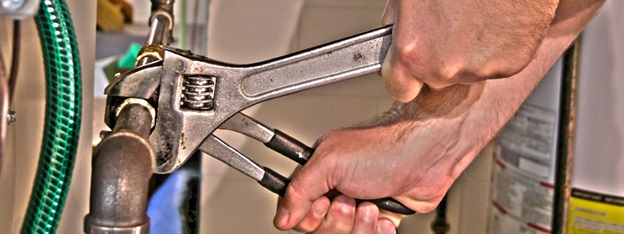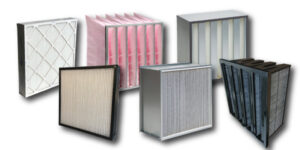
Although trees can add beauty to your landscape, their roots could cause $4,000 of headaches if they infiltrate and break your main sewer line.
Because they contain water, nutrients, and oxygen, roots tend to gravitate towards them.
If the root discovers a crack in the pipe or leak, they will grow in the pipe wall, blocking the flow of wastewater into the sewer.
Eventually, the root growth can cause too much pressure on the pipe and cause it to burst, leaving you with thousands in repairs.
Do you want to avoid this situation? We’ll help you to prevent this scenario.
Step 1 – Determine if there are trees close to a sewer line
First, locate the location of your sewer line.
Two places are required for sewer clean-out caps on houses. These caps are usually either black ABS or white PVC pipes that protrude from the ground, or a box in the lawn. The one closest to your foundation wall should be a few feet away, and the other should not be more than 13 feet from the curb. The pipe will usually travel below this line of sight in most cases.
Call your local Water and Sewer department to find out where your sewer connects with the city. You can tell them where your sewer lines are located by calling your local Water and Sewer department. They will send you a locator to mark where your underground pipes connect to the city sewer system. This is a free service!
Once you have a good idea of the location of your sewer line, check if there are any trees near it.
If there are no trees nearby, go to step 4.
If there are trees nearby, proceed to step 2.
Step 2: Get your sewer line inspected
Once you have determined that a tree is close to the sewer line you will need to check if roots are present.
A professional plumber will inspect the sewer line with a camera probe.
You could delay the inspection until you see the signs that a sewer line is broken. However, it’s better to have the inspection done immediately and save thousands.
Step 3 – Remove roots and make repairs
It’s time for the plumber to find the root cause of the problem. This is only one part of the equation.
1 Using a hydrocutter or powered sewer auger to remove the roots from the pipe.
2 Temporarily stopping root growth by using chemicals. Root-X is a herbicide that can be used to kill root growth.
- You can penetrate the roots and kill them immediately.
- For up to three years, you can stick to the pipe walls to prevent regrowth.
3) Repairing a sewer pipe as necessary. Mr. Plumber uses a “No Dig” technology to repair sewer pipes. This makes it easy and non-invasive so that you don’t need to damage your landscape.
Worst-case scenario: The pipe cannot be cleared as it is too damaged and must be replaced.
Step 4 – Prevent future tree root problems
Do you want to plant more trees on your property? Trees should be kept at least 10 feet from the sewer line. This will make it take longer for roots to reach the sewer pipe.
Also, you should choose a small and slow-growing sewer safe’ tree. Listed below are some examples of sewer safe trees:
- Amur Maple
- Paperbark Maple
- Serviceberry
- Fringetree
- Flowering Dogwood
- Cypress
Clemson says that you should not plant these fast-growing trees near the sewer line.
- Norway Maple and Silver
- Sweetgum
- River Birch
- Cottonwood
- Aspen
- Sycamore
- Magnolia species
This post was written by Joey Denick. Joey is the Owner and Operator of Clog Kings. At Clog Kings, LLC, we pride ourselves on our dedication and efficiency. We know you don’t have time to waste. That’s why we work fast to get your home or commercial building back up and running in no time. If you are looking for a Plumber Sarasota then look no further because we got you covered!





